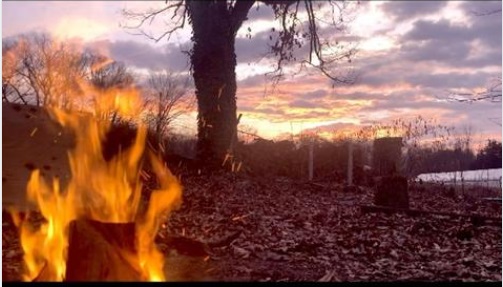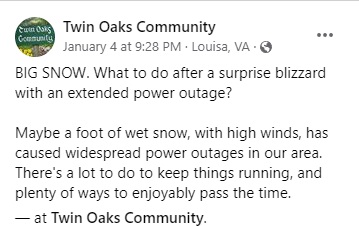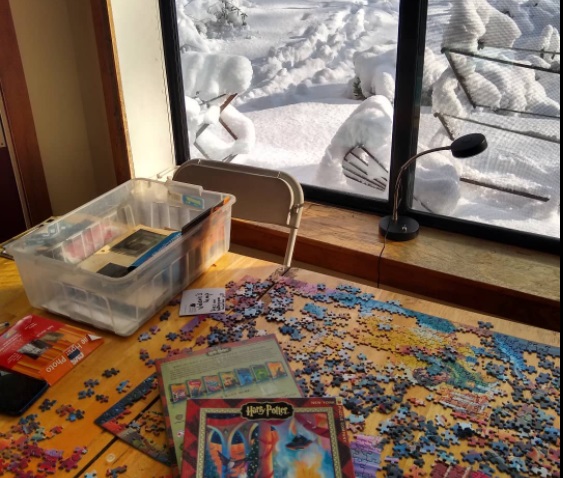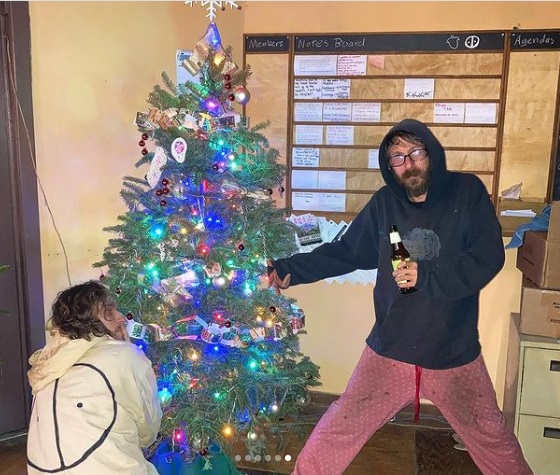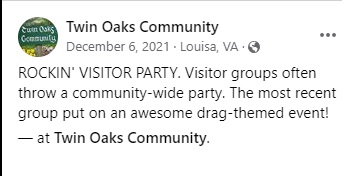by Raven
When we talk about communes and intentional communities, people often seem to think that this was something that only dates back to the 1960s, but in the first part of the 19th century, over a hundred thousand folks in the United States were involved in forming what has been called “utopian communities”. I have written about this before in an article published by Communities magazine, where I focused on the Oneida community.
I’d like to talk here about what I think was one of the most interesting of the utopian experiments. Nashoba was a short-lived community founded in 1826 by Frances (Fanny) Wright, an abolitionist from the United Kingdom. She wanted to show that there was an alternative to the slave-based economy of southern United States. She decided to create a utopian community for slaves in the south, which she would free. It was a nice idea. Unfortunately, it was poorly done.
From her travels around the United States, Fanny Wright had seen how much the southern states depended on slavery and how much it contributed to the overall economy of the United States. From what she saw, she began to believe that a slavery-based society could be replaced with something better for everyone. She decided to create a model community. Fanny Wright’s hopes were for a place where former slaves could be emancipated and a place that would welcome anyone who was willing to work together for their common future. Her plan was to create a self-sustaining multi-racial community would be composed of former slaves, free black folks, and white folks.
In the summer of 1825, Fanny Wright put out a proposal to buy a small number of slaves and set up a community where they would live free and collectively. She hoped this could be an example that would lead others to do similar things. She was able to find a tract of land on the Wolf River east of Memphis, Tennessee, and decided to buy it and name it Nashoba, the word for “wolf” in the Chickasaw language.
When the ground was broken for the community, Fanny Wright was just 29. In its first year there were about a hundred acres cleared on the grounds and simple huts were built on the land to shelter the community. Fanny Wright recruited folks and tried to raise funds for Nashoba but, although she was quite good at recruitment, she was not as good at raising funds. Instead, she ended up using her own money to buy the land and free the slaves. She also wrote ads for stonemasons, carpenters, and teachers in various abolitionist newspapers, but she never got a response.
Fanny Wright had no experience in rough living, but at first she did well with it. She slept in open cabins, endured all kinds of weather, and claimed that she never felt better in her life. But the labor at Nashoba took a toll on her health. She contracted malaria and left the community to go to Ohio in 1827. Later she returned to Europe to raise funds and recruit more assistance for Nashoba.
The community did not prosper while she was away.
When Fanny Wright returned in 1829, she found the community was pretty much gone and there was little pretense of collectivity left. Soon all the remaining white members deserted the place, leaving just the freed slaves who were trying to stick it out. Fanny Wright, seeing the hopelessness of the situation, offered to take them to Haiti, where they could live free in a black-ruled country. If they did well, they were told that they would be given land grants. Most of the thirty-one folks who had remained at Nashoba decided to take her up on this and in 1830 they sailed with Fanny Wright from New Orleans to Haiti. The story pretty much ends there and the sources I looked at said there is little documentation of how well the former Nashoba residents did in Haiti. As I said, a nice idea that wasn’t done well.
At Twin Oaks, most of the buildings are named for former communities and the building housing many of the oldest and/or more vulnerable members, is named Nashoba. I think communal history is important and, as with most of the nineteenth century communities, my hope is that we can learn from this experiment.















